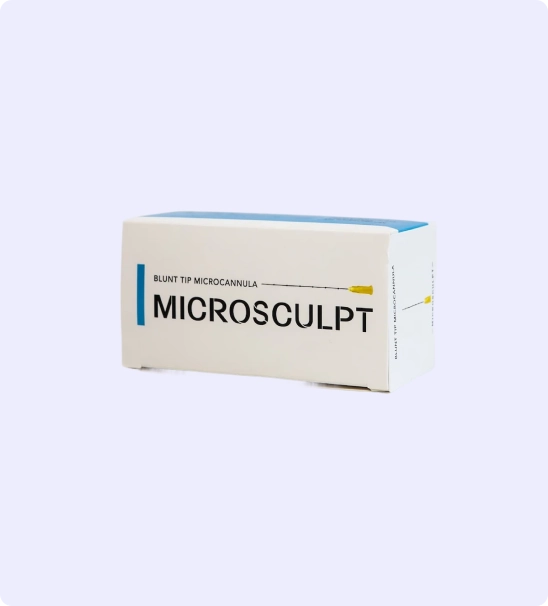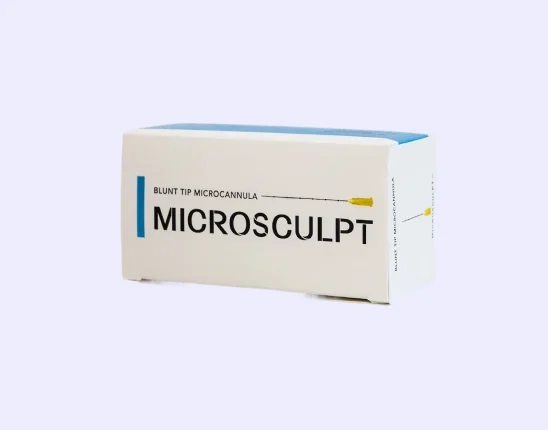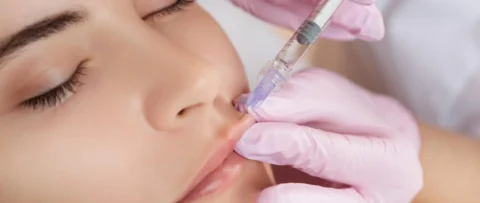The microcannula technique has grown into becoming an increasingly attractive method for doctors injecting cosmetic fillers. Prior studies have demonstrated that the microcannula technique allows the filler to be injected with less pain, swelling, and virtually no bruising. This study examined 247 patients who have undergone any dermal filler injections using the microcannula technique from 2011 to 2016. This study assesses the recurrence of adverse events connected with injections.

INJECTIONS YOUR PATIENTS WILL LOVE! CODE “20OFF” TAKES 20% OFF YOUR FIRST ORDER!
Microcannulas are a tool that every great injector must master. Patients want quick results with no downtime. Our microcannulas are high quality and a fraction of the price of our competitors!
You can create an account here.
Adverse Effects
The study goes on to describe the potential of adverse effects. Of the 666 filler procedures using the microcannula technique, three treatments (0.5%) produced adverse events on the day of service, and during the two-week follow up 32 procedures (4.8%) produced adverse effects. In total, only 5.4% of treatments produced adverse events. These were on smaller needles, such as the 22 gauge.
None of the procedures using the 30-gauge microcannula produced adverse events at the 2-week follow-up. The data support that the microcannula technique is a safe and effective alternative to stiff rigid needles for the injection of filler to minimize everyday adverse events.
At the Face Medical Supply store, you can find 18,22,25,27, and 30 size gauge microcannula’s at various lengths. We sell high-quality microcannulas that will perform any filler injection task you need. The results show that microcannula injections are the future.
Positive Results
Conventional needles are stiff and pierce deep within the skin. Microcannula, however, is flexible and possesses a blunt tip. Instead of piercing through the tissues, a cannula opens up a path between the skin. This method allows for less damage to occur to the inner tissue, which reduces bruises and pain.
Due to its flexibility, the microcannula can perform filler injections in multiple locations from a single point of entry. Many areas regularly treated with fillers are cheeks, marionette lines, lips, temples, hands, nose, nasolabial folds, and the prejowl regions.
Microcannula for filler injection offers numerous advantages over conventional needles, such as:
- Notable reduction in pain and discomfort
- Reduced downtime following the procedure
- Less chance of trauma to the tissues
- More effective and accurate injection of fillers
- Better, more fluid and more uniform results
- Minimal bruising
- Minimal swelling
These results create comfort for clients allowing them to take the risk to go in for an injection. It also increases the chance of repeat customers since they will recover faster and notice much less pain at your location specifically.
How Does It Work?
During filler injection using Microcannula, the first step is to create a small entry point in your skin using a fine needle. Creating an entrance is an essential step because the Microcannula possesses a blunt tip and is not able to pierce into the skin on its own. Since the entrance point is tiny, it does not cause much pain or bleeding. The microcannula is then carefully inserted into the tiny opening and guided underneath your skin to reach the sections for filler injection.
The fantastic quality is that as the Microcannula slides through the spaces between the tissues, the blunt tip can be moved under the skin without causing any injuries to the tissues. The patient often does not feel any major pain, mostly pressure, as the doctor moves it under their skin.
-
 23 gauge 50 mm (2 inch) Microcannulas
23 gauge 50 mm (2 inch) Microcannulas -
 22 Gauge 100 mm (4 inch) Microcannulas.
22 Gauge 100 mm (4 inch) Microcannulas. -
 27 Gauge 38 mm (1.5 inch) Microcannulas
27 Gauge 38 mm (1.5 inch) Microcannulas -
 25 Gauge 38 mm (1.5 inch) Microcannulas
25 Gauge 38 mm (1.5 inch) Microcannulas -
 30 Gauge 25 mm (1 inch) Microcannulas
30 Gauge 25 mm (1 inch) Microcannulas -
 18 Gauge 100 mm (4 inch) Microcannulas
18 Gauge 100 mm (4 inch) Microcannulas -
 25 Gauge 50 mm (2 inch) Microcannulas
25 Gauge 50 mm (2 inch) Microcannulas -
 21 Gauge 50 mm (2 inch) Microcannulas
21 Gauge 50 mm (2 inch) Microcannulas -
 21 Gauge 70 mm (2.75 inch) Microcannulas
21 Gauge 70 mm (2.75 inch) Microcannulas







